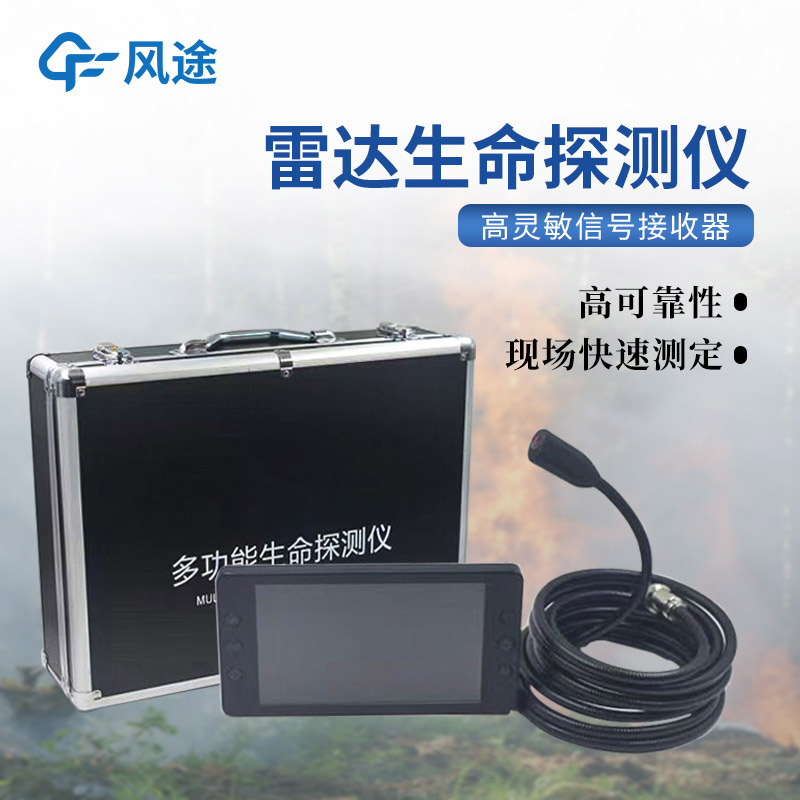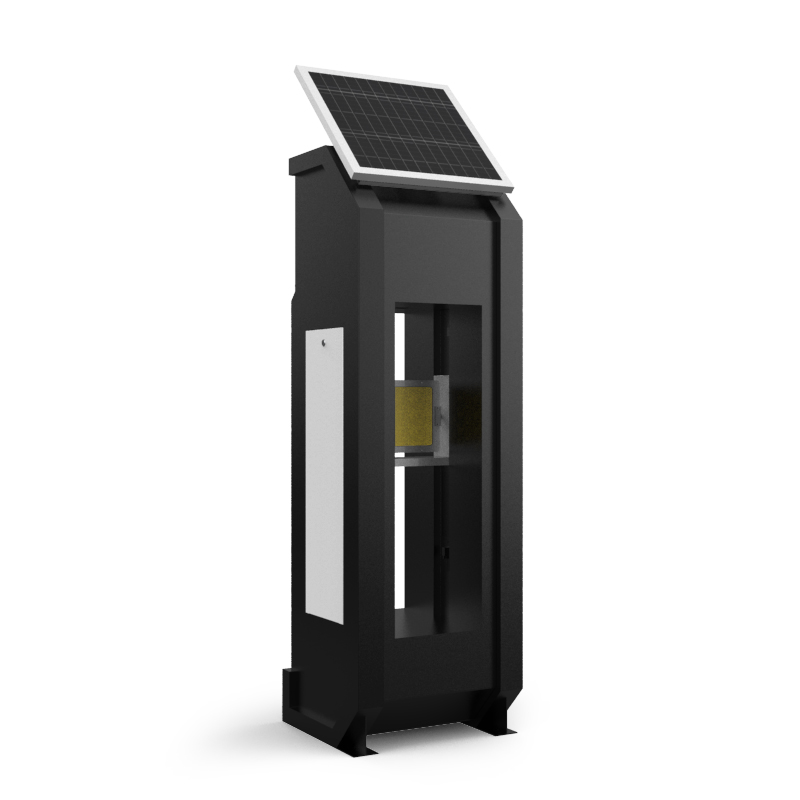In disaster rescue scenes, every second counts for life survival. Life Detector Devices break through physical barriers through technological means, achieving "wall-penetrating human search" and "dark zone perspective", helping rescuers save more lives within the golden rescue time.
Audio life detectors capture tiny sounds such as knocking, calling for help, and breathing from trapped persons through high-sensitivity sensors, using filtering technology to separate environmental noise from life signals. Even if the trapped person is deeply buried under ruins, the faint sounds they make can be accurately captured and amplified by the device, allowing rescuers to locate the trapped position and carry out targeted rescue. In earthquakes and collapse accidents, thick building materials often obscure the traces of trapped persons, and Audio life detectors become important tools for searching for vital signs by virtue of the characteristic that sound can penetrate obstacles.
Infrared life detectors detect vital signs by using the temperature difference between the human body and the surrounding environment. The human body continuously radiates infrared rays, and the thermal imaging technology of this device can convert the temperature difference into a visible image, clearly displaying the position of living beings even in environments with blocked vision such as darkness and thick smoke. In fire scenes filled with dense smoke, rescuers have difficulty confirming the location of trapped persons, and Infrared life detectors penetrate the smoke to lock onto targets, pointing the way for rescue operations.
Radar life detectors are based on electromagnetic wave technology, emitting electromagnetic waves toward the target area. When electromagnetic waves encounter the human body, micro-movements such as breathing and heartbeat will cause changes in the reflected waves, and the device judges vital signs by analyzing these changes. It is not affected by sound and light, can penetrate obstacles such as concrete and rubble, and detect living beings several meters deep under the ruins. In the wake of large-scale collapses after earthquakes, Radar life detectors can quickly scan large areas, efficiently locate trapped persons, and significantly improve the efficiency of search and rescue.
The application of these devices has made search and rescue more precise and efficient, becoming an indispensable key force in the modern rescue system.

This paper addresses:https://www.fengtusz.com/industry/784.html









